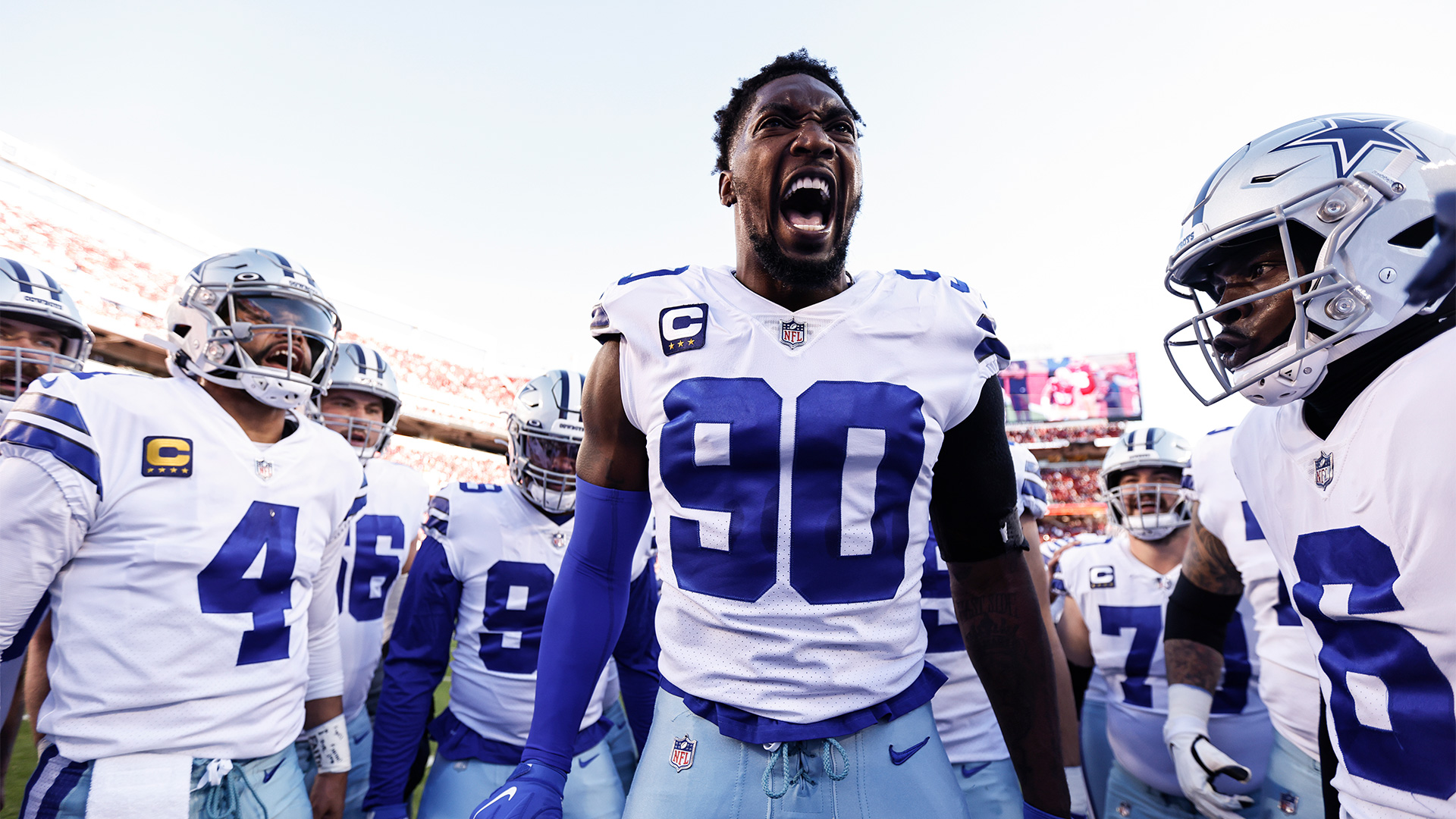In the high-stakes world of professional football, the franchise tag emerges as a pivotal instrument wielded by NFL teams to navigate the intricate dance of player retention and team dynamics. As the NFL league year kicks off, the spotlight intensifies on this mechanism, revealing its multifaceted role in shaping team rosters and player careers.

The Franchise Tag: A Double-Edged Sword
The franchise tag, often perceived as a last resort by teams, embodies a critical bargaining chip in retaining top talent. Its deployment signals the commencement of a strategic period, stretching from February 20 to March 5, during which teams can earmark one impending unrestricted free agent for retention. This period is crucial, laying the groundwork for the bustling activity that follows as the league year unfolds on March 13.
Despite its strategic importance, the tag’s application is fraught with complexity. It is a tacit admission of a stalemate in long-term contract negotiations, yet it offers a lifeline for teams like the Indianapolis Colts, who have adeptly used it to secure their stars. The franchise tag, therefore, stands at the crossroads of strategy and necessity, a tool of immense power but equally significant implications.
Key Dates and Strategic Considerations
The franchise tag timeline is interwoven with other critical dates, notably the legal tampering period commencing on March 11. This window opens the floodgates to preliminary negotiations with unrestricted free agents, setting the stage for the frenetic pace of free agency starting on March 13.
These junctures are not merely dates on the calendar but pivotal moments that shape the strategic landscape of the NFL, underscoring the franchise tag’s role in the broader narrative of team building and player movement.

Decoding the Franchise Tag: Exclusive vs. Non-Exclusive
At its core, the franchise tag is a nuanced mechanism, offering teams the option to apply either an exclusive or non-exclusive tag. The exclusive variant binds a player to their team, foreclosing negotiations with rivals but at a premium cost.
Conversely, the non-exclusive tag opens the door to potential offers from other teams, with the original team holding the right to match or receive compensation. This dichotomy adds layers of strategy to its use, balancing financial considerations against the risk of losing key talent.
Airport worker fired after brawl with former NFL player pic.twitter.com/YLzetAeUYu
— Crime clips (@bestwildclips) February 26, 2024
The calculus of the franchise tag is further complicated by its financial underpinnings. The exclusive tag’s value, pegged to the top five salaries at the player’s position or 120% of the previous salary, introduces a high-stakes gamble into the negotiation dynamics. This financial intricacy, combined with the strategic implications of the tag’s application, underscores its significance in the NFL’s economic landscape.
The Transition Tag: An Alternative Path
Beyond the franchise tag lies the transition tag, a less restrictive but equally strategic option. This alternative allows for offer sheet negotiations without the compensation safety net, presenting a nuanced choice for teams navigating the free agency waters. The transition tag, coupled with the stipulation that teams can only apply a tag thrice to a player, with escalating costs, introduces a complex layer of strategy to player retention efforts.

Conclusion: The NFL Franchise Tag’s Enduring Impact
The franchise tag remains a cornerstone of NFL strategy, a tool of immense potential and peril. Its judicious use reflects a team’s strategic acumen, balancing the immediate need for talent retention against the long-term vision for roster construction. As the NFL league year progresses, the decisions made in this narrow window will echo through the season, underscoring the franchise tag’s enduring impact on the professional football landscape.
In the ever-evolving game of NFL team management, the franchise tag stands as a testament to the intricate dance of negotiation, strategy, and financial planning. Its role in shaping the fortunes of teams and players alike ensures its place at the heart of professional football’s strategic playbook.










